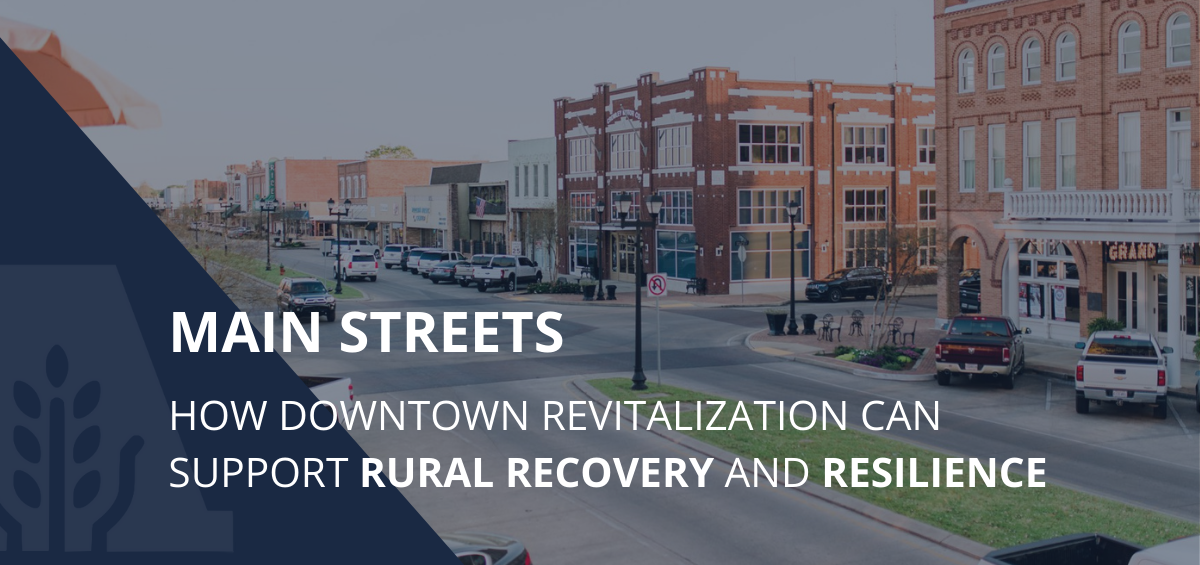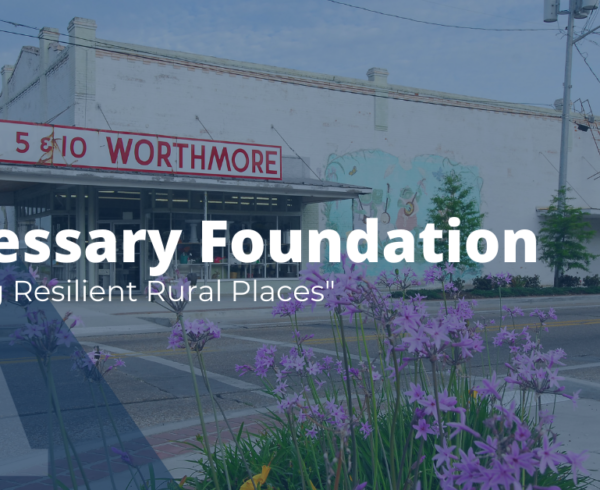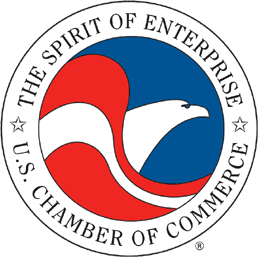Months of dispersion throughout the northeast and southern United States has finally seen the COVID outbreak concentrating in rural areas, surging in remote, sparsely populated towns and inflicting a toll on all communities within them. Alongside this rural surge comes doomsday queries: Will rural America be able to survive this storm? Can rural small businesses-the lifeline of rural towns-withstand the economic toll? What will happen if our nation’s Main Streets turn into ghost towns?
The heightened economic vulnerability of rural communities has garnered significant attention in recent months, prompting many to call for concentrated fiscal relief to help rural residents, small businesses, and state/local governments weather this crisis. Alongside the call, some scholars argue that to loay the groundwork for true rural resilience, rural economic development policy requires a fundamental shift—one that recognizes the vast diversity of rural America and invests in local strategies that strengthen community assets and bolster local leadership to promote truly resilient economic opportunity.
This shift undoubtedly requires support at the federal, state, and local levels. It also demands that we look deeply at—and invest in—homegrown rural economic development strategies that were showing promise prior to the pandemic. As we demonstrate in this five-part series, locally led rural downtown revitalization efforts have the potential to be one such strategy. Some rural communities achieved economic revival in recent years by concentrating and investing in community assets in downtown commercial corridors. In partnership with Main Street programs and other organizations, these downtown revitalization strategies are street-level solutions rotted in local contexts, based in community strengths, and led by a coalition of local leaders and organizations dedicated to enhancing economic opportunity for rural residents.
To better understand the effectiveness of rural downtown revitalization efforts heading inot the COVID recession, Brookings researched three rural communities from just prior to the COVID outbreak to see how downtown revival impacts four holistic indicators of community well-being. Centering the perspectives of rural residents, business owners, and community leaders, they investigated three central questions: 1. Whether downtown revitalization efforts have been successful at enhancing economic, built environment, social, and civic outcomes prior to the pandemic; 2. Whether pre-pandemic revitalization efforts are helping rural small businesses more durably weather the COVID crisis now; and 3. What further policy and capacity-building supports are needed to ensure rural Main Streets not only survive the pandemic, but can be leveraged as key strategies to promote rural recovery and long-term resilience.
Rural America is changing, and rural economic development must change too
Despite increased attention paid to rural towns as “left behind” and the renewed urgency to support them through the pandemic, mainstream perceptions of rural America tend to cling to an outdated image of small towns. Given the realities on the ground, three primary truths appear that any rural revitalization strategy must keep in mind:
- Rural communities increasingly rely on demographic diversity for population and economic growth. Between 2000 and 2010, nearly 83% of rural population growth was from minority groups.
- Rural communities possess unique local assets that require locally tailored investment strategies. Place-based organizations have long been engaged in efforts to strengthen the local assets for economic development and community revitalization.
- Rural economies vary, but increasingly rely on a strong small business and entrepreneurial ecosystem. Economic prosperity varies across rural areas, and depends significantly on the dominant industry of the region. Small businesses, however, compromise the majority of jobs in rural economies. Fostering an ecosystem for small businesses and entrepreneurship can be a critical alternative to declining industries.
Examining downtown revitalization as a locally led strategy to build rural resilience
Density and proximity to people, jobs, and amenities are all benefits of urban downtowns that fuel population and economic growth. Many researchers do not know, however, how these findings translate to rural downtowns, and if they might achieve similar benefits through residential and business density relative to surrounding areas.
For decades local leaders, community development organizations, and Main Street programs have engaged in efforts to leverage this density to cultivate rural downtowns as vibrant “regional hubs” that foster locally owned businesses, create employment centers for residents, and contribute to a sense of place that retains residents and attracts new ones. However, research on rural downtown revitalization is limited and mainly descriptive, often using surveys administered through the Main Street network to report on number of buildings rehabilitated, number of people that attend events, and public/private spending invested downtown. There is a lack of a broader understanding of whether downtown revitalization can produce more holistic, inclusive outcomes in rural communities—and moreover, how these outcomes may shift and adapt amid today’s economic crisis.
Conclusion
The findings of Brookings’ research indicate that rural downtown revitalization—when anchored by strong place governance structures, deep knowledge of community priorities, and robust public and private partnerships—are critical homegrown solutions for building rural resilience. The stakes are high for acting upon these insights and scaling these locally led efforts amid the economic crisis. The last recession deepened our nation’s socioeconomic rifts to devastating effect. Geographic inequities in community health and well-being are not just a dire concern for those living in rural small towns; they are an alarming indicator of rising national inequity, which denies millions of people the chance for opportunity simply because they live in the “wrong” places.
As we plan to recover from the COVID economic crisis, we must intentionally prioritize regional equity, recognize the interdependence of rural and urban areas shared economic future, and invest in the hyperlocal support systems already working to bring growth and equity to rural areas. To truly recover as a nation, we must embrace a bottom-up paradigm for development that empowers rural communities to tackle these inequities and foster inclusive, vibrant, and connected places in the long term.
This blog post is the second in a series titled “Building Resilient Rural Places.” The information found on this post, as well as all the post in the series, comes from a collection of reports done by Brookings. To see the full text of this report, along with links to their other reports, click here.













